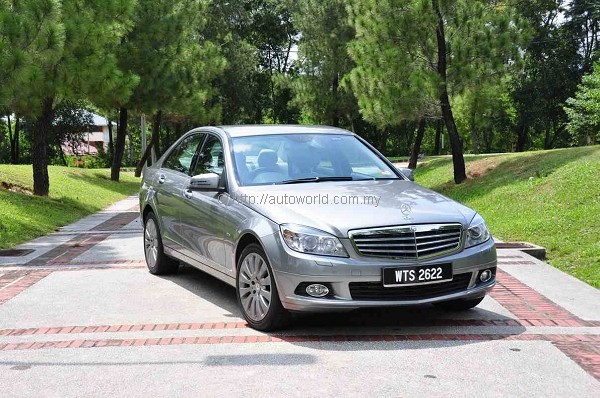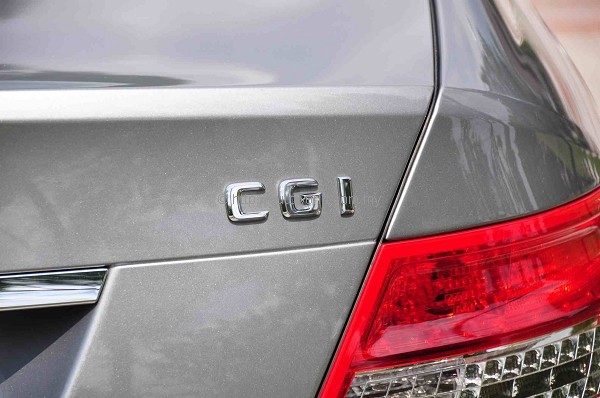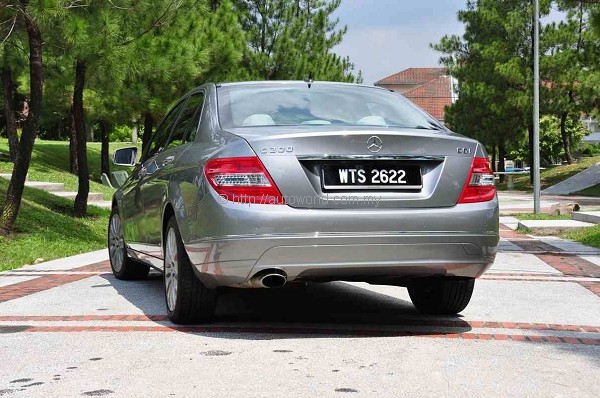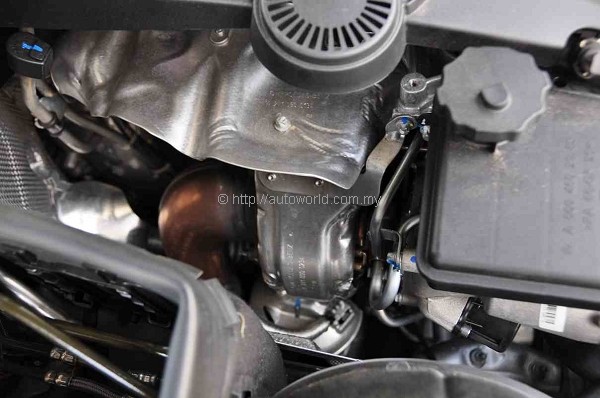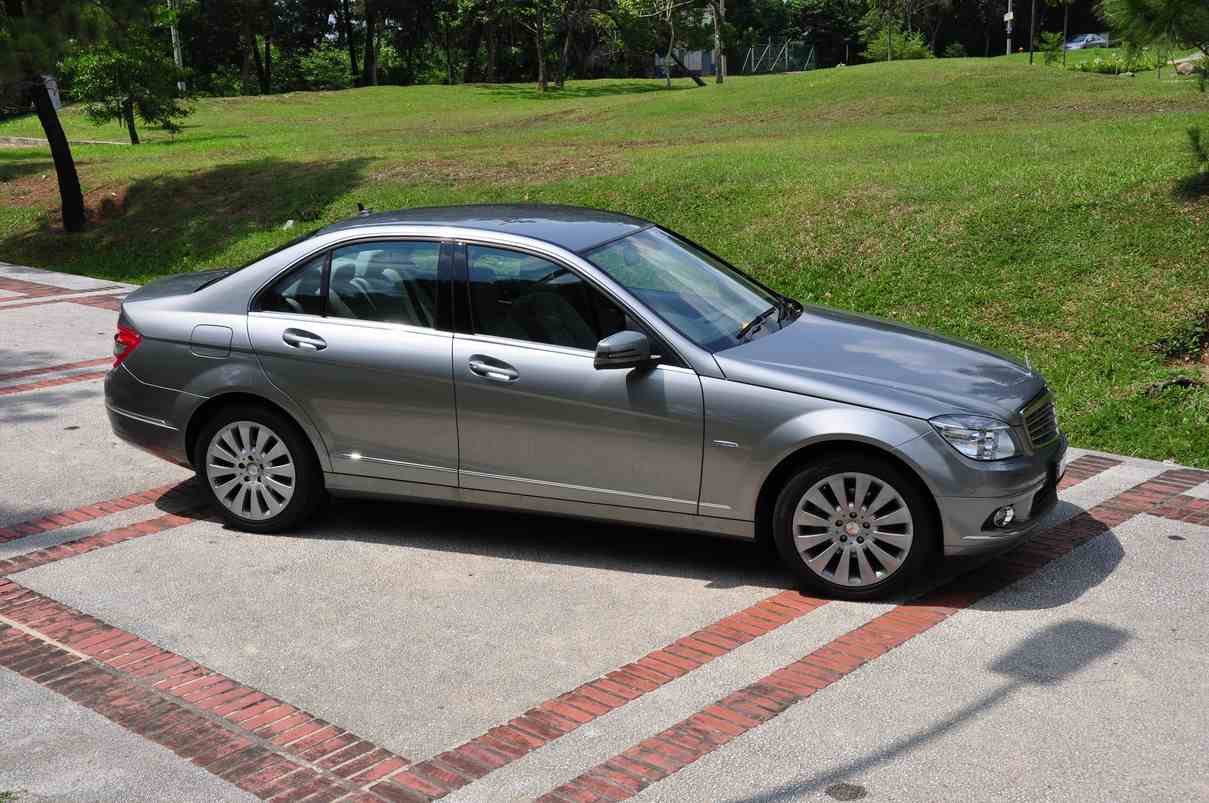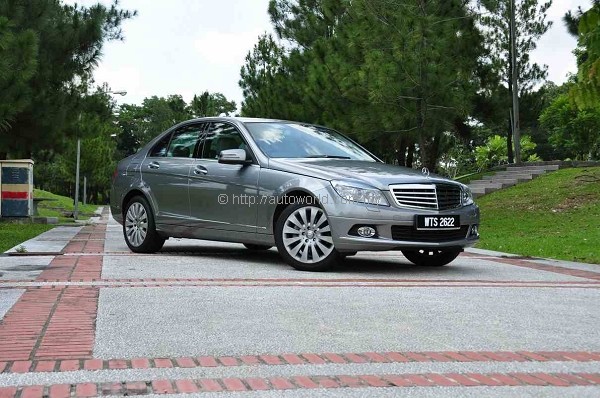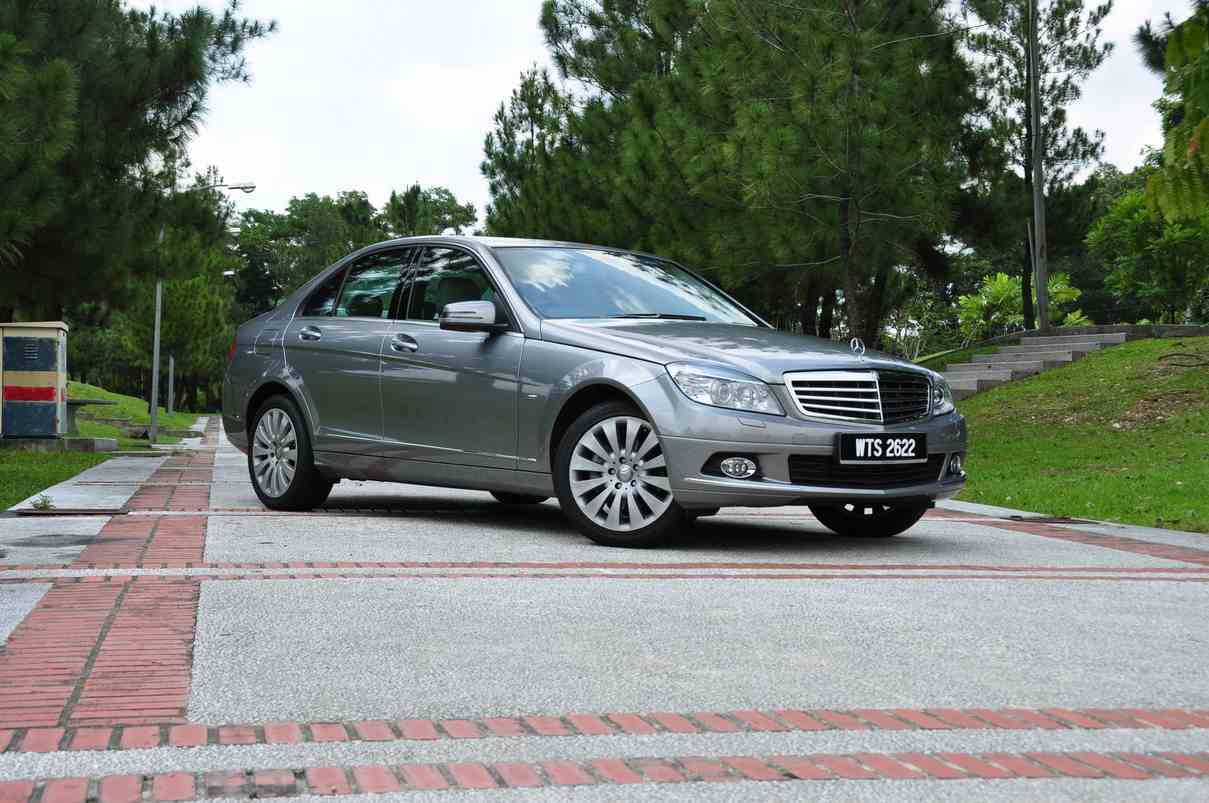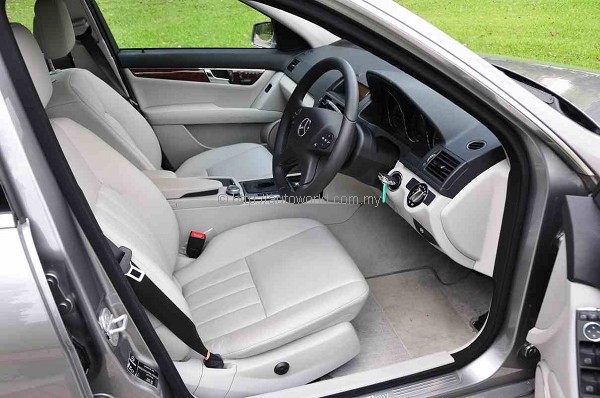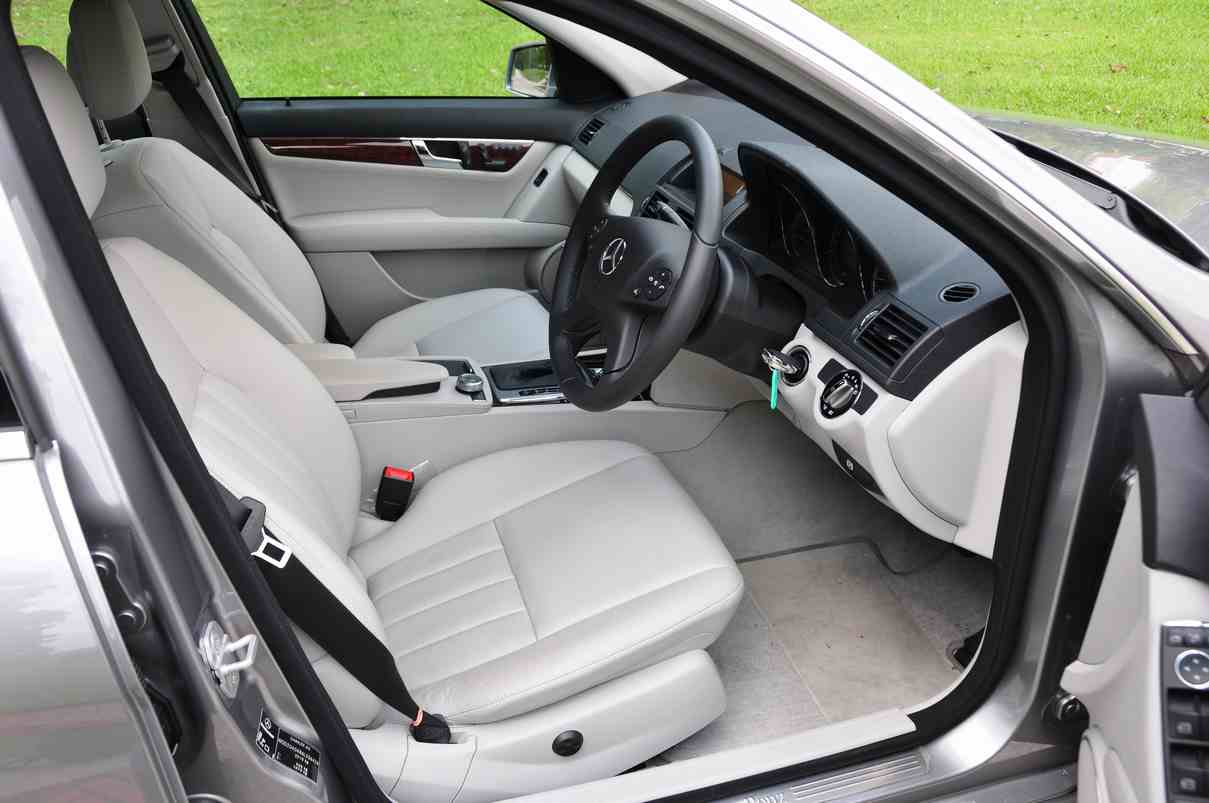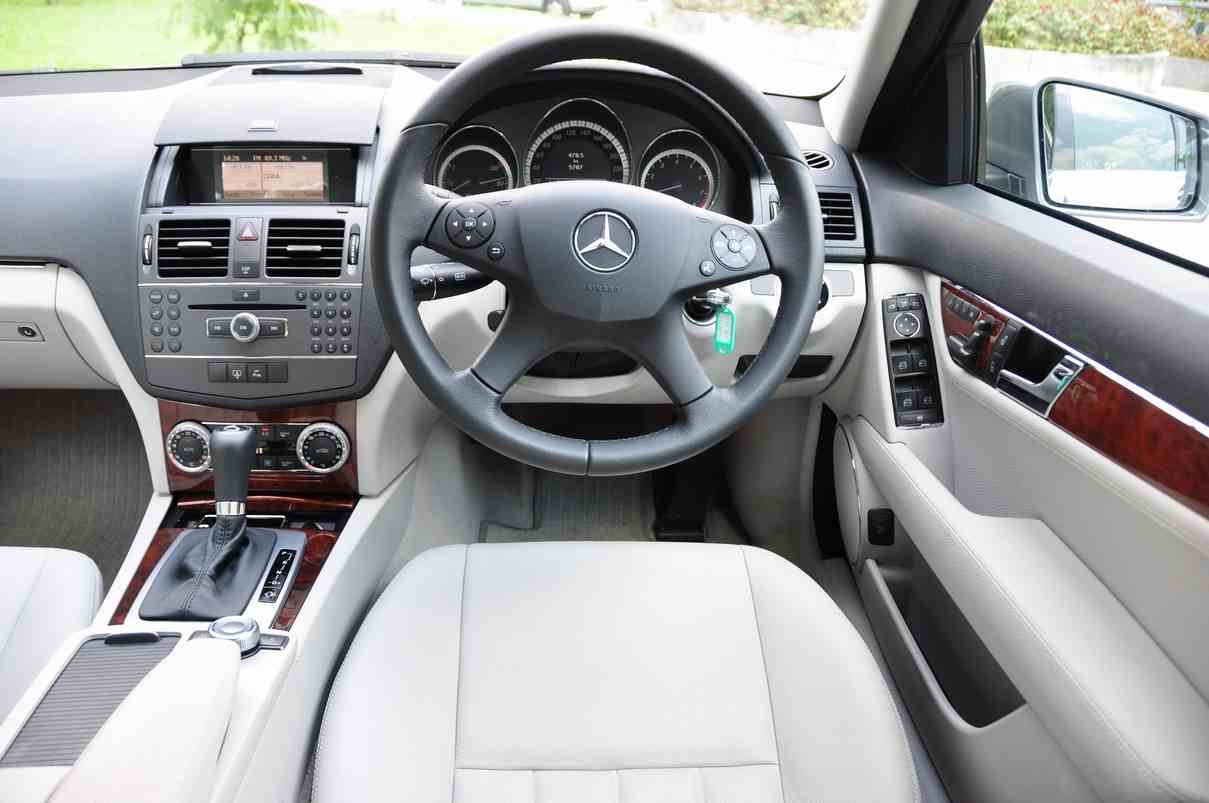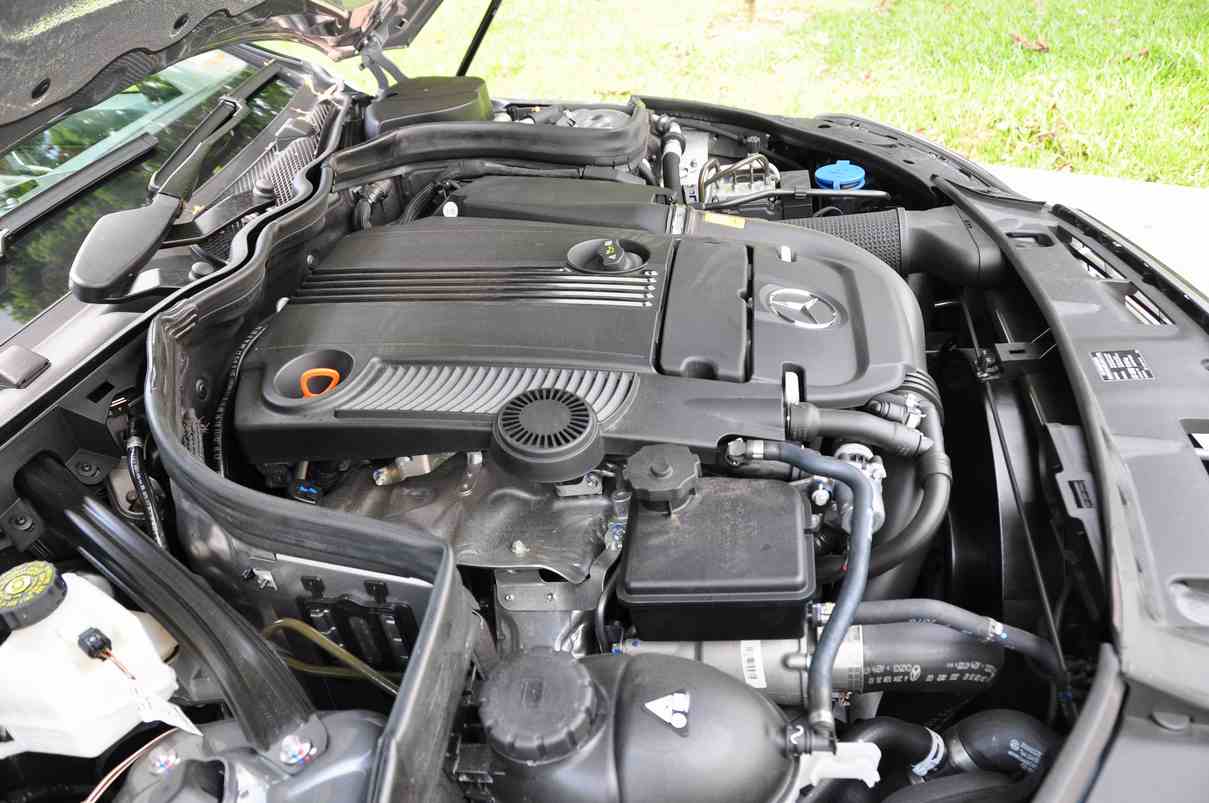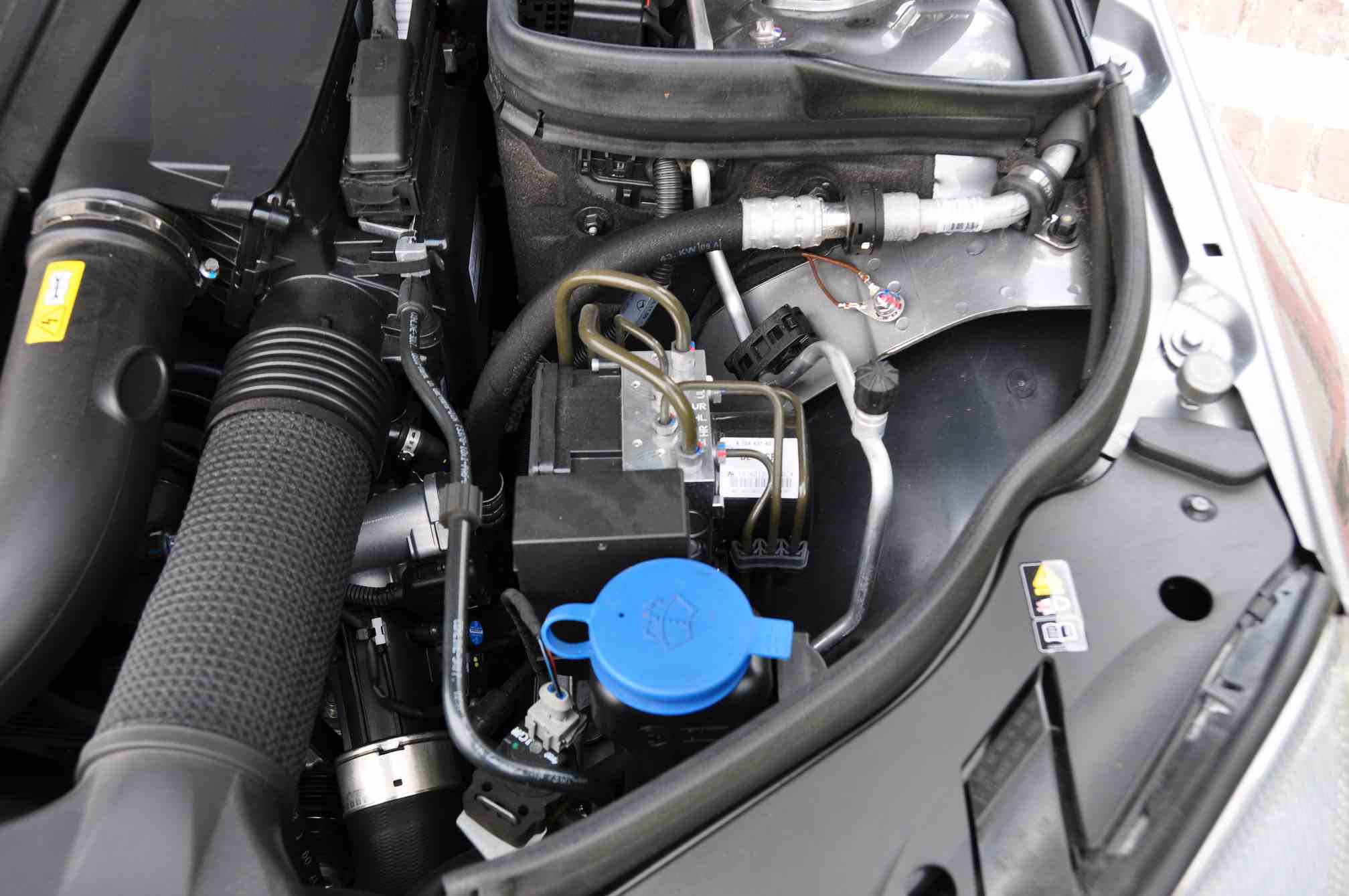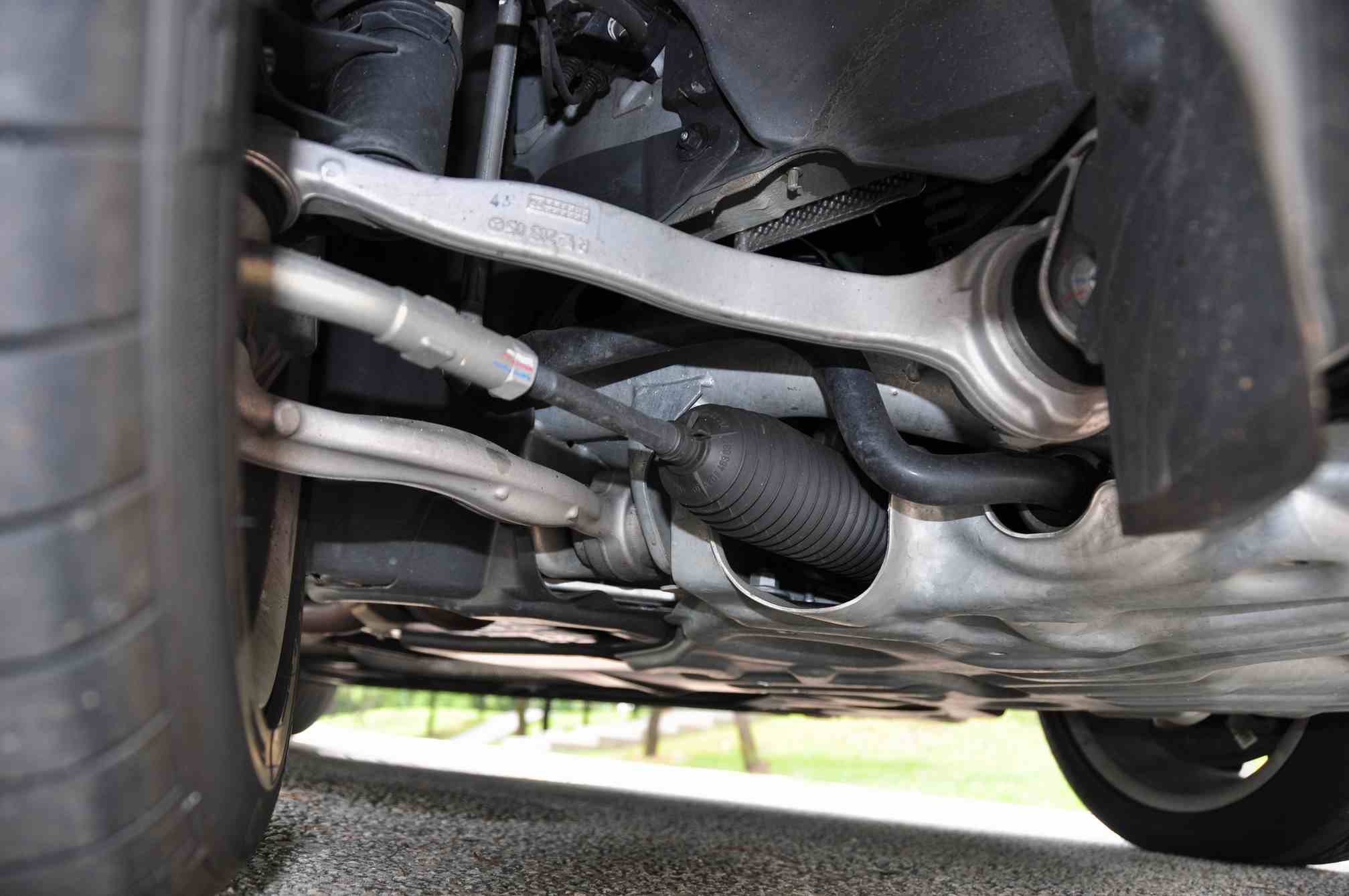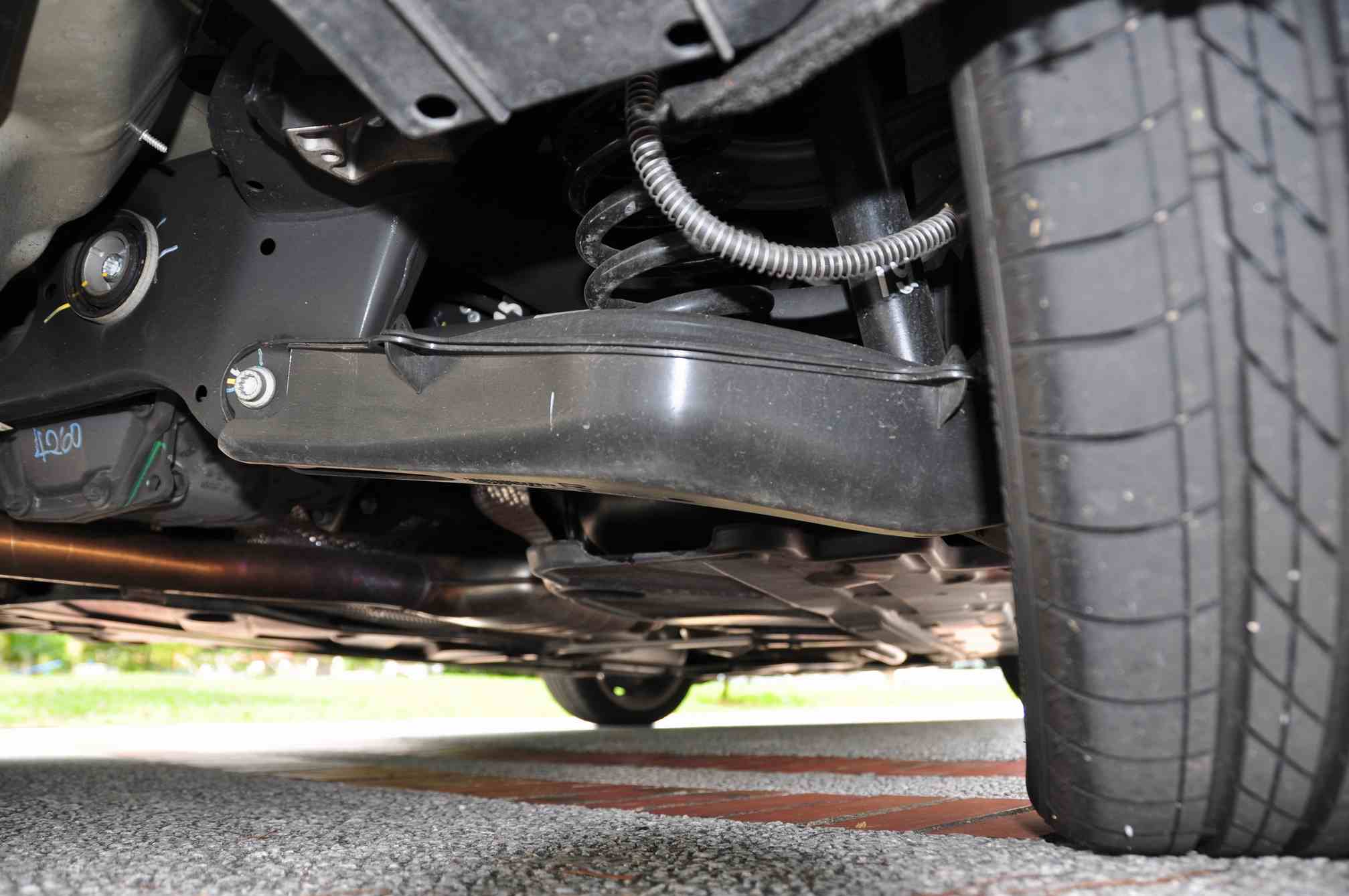Mercedes-Benz C200 CGI – Now With a Turbo Charger for Improved Driving
By now, some of our readers may have gleaned that there is a new Mercedes-Benz C200 – possibly from the little badge at the rear end that says C200 CGI, and not the C200 K – the new Mercedes-Benz C200 CGI was slipped into the Malaysian Mercedes-Benz dealer network very silently – there was no fanfare, no official launch, just an overnight change of cars in the showroom from the C200 Kompressor to the C200 CGI. The people at Mercedes-Benz Malaysia probably figured out that since the CGI had already been introduced in the E200 series, there was no necessity for any publicity when introducing the C200 with the same engine.
The difference between the C200K and the C200 CGI is in the engine only, but it is a very significant change. The K in the C200K is the German word ‘Kompressor’, which in the language we all understand, is a super charger. The purpose of the supercharger is to pump additional air into the engine cylinders, together with the fuel, to get more efficient burning of the fuel (on account of the additional oxygen available in the cylinder), and as a result, more power. That is partly the reason why a 1.8 litre engine such as the one in the C200K can develop 184 horsepower at 5,500 rpm and 250 Nm of torque at between 2,800 to 5,000 rpm. The supercharger is driven by a belt attached to the main pulley of the engine, and a clutch system working in principle like the air-conditioner compressor clutch allows the supercharger (aka Kompressor) to kick in on demand, and free-wheel when not needed. This system provides instantaneous linear response to throttle demands, as the engine pulls the supercharger compressor directly, and as the engine speed builds up, so does the supercharger pressure, and pumps in more air in addition to the fuel being injected into the cylinders.
The C200 CGI (which stands for ‘Charged Gasoline Injection’) is basically the same base M271 DEH engine, fitted with a turbo-charger. The term Charged Gasoline Injection is to differentiate the CGI engine, which runs of petrol from the CDI engine, which denotes ‘Charged Diesel Injection’, or a turbocharged diesel engine, obviously using diesel as its fuel source. A turbocharger is a mechanical rotating device that is attached to the exhaust system of an engine. There are two sets of fins on a single shaft; exhaust gases coming out from the engine are channeled over one set of these fins to drive the shaft that is attached, and in doing so, it turns the fins on the other side, which in turn draw in air from the outside of the engine into the cylinders. The force of the induction builds up the air pressure within the engine cylinders, and thus allows more air than is ordinarily possible to enter the cylinders. Both the supercharger and turbocharger do the same thing; only the drive system is different. A turbo charger, however takes time to ‘spool’ up – it takes a little time for the rotating fins to build up pressure, so turbos suffer a thing called ‘lag’ – however, modern computer technology has managed to minimize this lag to almost zero, so today, you will not feel the kind of lag that we used to have in the old days. In addition, the size of turbo chargers has an effect on the amount of lag that one will experience, and the turbo on the Mercedes C Class is relatively small.
In the early days of the supercharger and turbocharger, the biggest challenge faced by engine makers was heat generated by compressing the air, the heat generated by the exhaust gases acting on the turbocharger, and fuel efficiency. At that time, it was found that superchargers ran relatively cooler, and so some engine makers decided to go the direction of the supercharger. Other engine makers found that turbo charging could potentially develop more power, as the faster the turbines spun, the more the potential power that could be developed. The only major problem faced in the early days of turbo charging was fuel efficiency and heat, with the heat compromising reliability.
Later on, as fuel injection technology improved, as did material technology, it was found that more precise metering of fuel was possible, and the same technology made it possible to monitor the air-fuel mixture, and keep operating temperatures down. Turbocharged engine thus became more reliable and fuel efficient.
The public used to associate turbocharged cars with high fuel consumption and poor reliability, in addition to poor durability – that scenario has changed – the modern turbocharged cars are just as fuel efficient, if not more fuel efficient as conventional engined cars.
What we have in the C200 CGI is one such engine – the Mercedes-Benz engine developers have, through extensive research and testing, developed an engine to supersede the Kompressor engine – it delivers the same 184 horsepower at a lower engine revolution (5,250 rpm), and 270 Nm (+20 Nm) torque, starting earlier from as low as 1,800 rpm, all the way to 4,600 rpm. In effect, the CGI engine at each engine rpm range delivers more power and torque; official test figures on fuel consumption place the CGI at between 7.2 – 7.9 litres per 100 kilometres, compared to 7.9 – 8.1 litres per 100 kilometres for the C200 Kompressor.
Bearing in mind of course that the above test results were obtained under test conditions, my own experience driving the two cars over the same road conditions actually yielded no significant difference in the amount of fuel consumed. Both the C200K and the C200 CGI are first of all extremely frugal on fuel, returning around 9.3 litres per 100 kilometres over an identical 300 kilometre driving distance. (The drives were done over two different days, and weather conditions such as humidity, temperature, and wind would have been different, so it was not an exact apple to apple comparison. Suffice to know that for the man in the street, there is no real difference.
What is different, though, is the response to throttle – the turbocharged C200 CGI is livelier, responding to throttle easily, and builds up speed just a wee bit faster, sprinting from zero to 100 km/h in 8.2 seconds.
From the outside, the C200 CGI looks identical to the C200 Kompressor, except for the different badges on the boot lid that denote the two models. The C200 CGI is also said to be part of the new BlueEFFICIENCY initiative by Mercedes-Benz – the Mercedes engineers have harnessed potentials from all fields of development to reduce weight, aerodynamic drag, rolling resistance, and also organize onboard energy management more efficiently.
Body weight has been shaved by 19 to 32 kilograms depending on the model, and drag coefficient (CD) is an excellent 0.26, placing the C200 amongst the best in this class of vehicles. Improvements that contributed to this include smooth underbody cladding to reduce turbulence underneath the car, sealing of the joints between the bonnet and headlamps, as well as between the bumper and headlamps to improve the airflow around the front end. The extent of attention to detail even covers the exterior mirrors, which are developed using a wind tunnel.
All in all, the C200 CGI remains just as good to drive as the C200K, if not better.
Therefore, the C200, renewed with the CGI engine, makes a good value proposition, considering that it costs only marginally more, at RM255,888.00.




